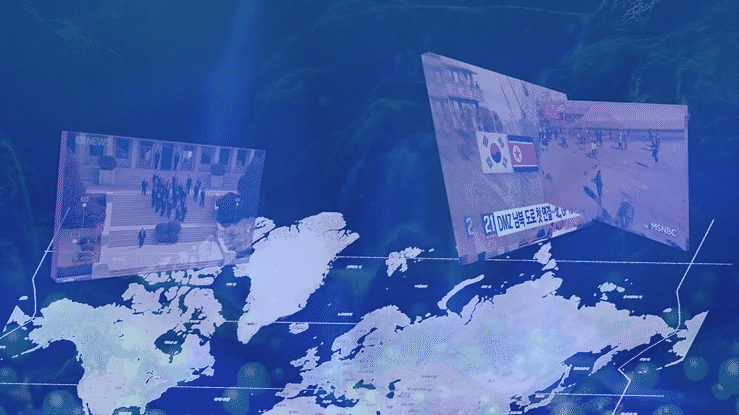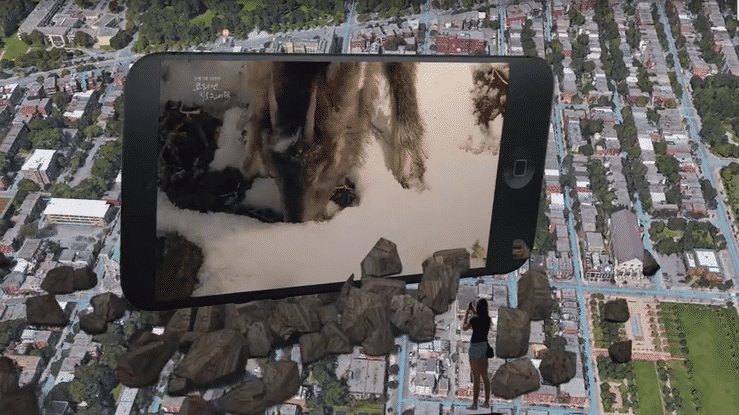
Hopping for Hope

Hopping for Hope contains six different artworks. The series of work is rooted in research on google GPS’ policy towards globalism. As an immigrant, I have found the experience of moving from one country to another mediated through digital technology to be a disorienting experience.The works examine how the feeling and experience of diaspora is different when digital devices are present versus travelling abroad without the internet. Hopping for Hope is an exercise to share “how I navigate myself towards globalism as an artist or even a human being.”
In our digital era, the Internet shapes our perceptions of reality, including our sense of the physical world. For many Google has become the arbitrator of world cartography. According to Google, they have attempted to be apolitical with their maps, however,depending on the political reality of the place you currently stand, the reality of the Google map you access changes. For example, if you are physically in India the borders that appear on Google maps are defined by what the majority of Indians what them to be. If you are in a boarding state where the border is contested you may see a different map.
Borders are essentially imaginary. I’ve come to understand borders like a game of hopscotch. In Korea, hopscotch rules are a bit different than in the west. When you finish all hopping through all the numbers you must toss a stone in the air with your eyes closed. The area that it lands on belongs to you. Through this arbitrary act, you end up with a section of land that is “yours” that you must try to keep and protect. As a child, this was a fun game, but as an adult, it has lead me to ask serious questions about the nature of borders, land ownership and data. How is the difference between physical movement and virtual movement? How digital devices do mediate our sense of orientation? Do my thoughts belong to where I am?





